 OMRON Corporation based in Kyoto, Japan, announced the global release of the G9KA High-Power PCB Relay on July 1, 2021. This product improves the power generation efficiency of PV generation systems by minimizing energy loss caused by heat generated by power conditioners, power supply equipment, and related equipment used in solar power generation systems. The industry-leading ultra-low contact resistance of 0.2milliohm suppresses heat generated by the relay and improves the power generation efficiency of solar power generation systems, thereby accelerating renewable energy deployment and contributing to realizing a decarbonized society.
OMRON Corporation based in Kyoto, Japan, announced the global release of the G9KA High-Power PCB Relay on July 1, 2021. This product improves the power generation efficiency of PV generation systems by minimizing energy loss caused by heat generated by power conditioners, power supply equipment, and related equipment used in solar power generation systems. The industry-leading ultra-low contact resistance of 0.2milliohm suppresses heat generated by the relay and improves the power generation efficiency of solar power generation systems, thereby accelerating renewable energy deployment and contributing to realizing a decarbonized society.
In recent years, the effective use of limited energy resources has become a major social issue, and there is a need for highly efficient energy conversion in sustainable energy production. On the other hand, power generation facilities using renewable energy, such as solar power, generate energy loss due to heat generated by the equipment during power generation, and the capacity and current of the facilities and equipment are increasing; therefore, countermeasures against heat generation have become an urgent issue.
One of the factors that can cause equipment to generate heat is the relays mounted on the PC board inside the equipment. Relays are components used for executing ON/OFF control of the electric current flowing through equipment when linked with the power system, and for safety shutoff in an emergency. Conventional high-power relays have a high contact resistance value. So, energy loss due to heat generation has been an issue. There were cases where heat dissipation mechanisms such as heatsinks and cooling fans had to be installed inside the equipment as a countermeasure against heat generation, and cases where the deterioration of the PC board due to heat generated by the relay led to a decrease in the durable years of equipment.
The G9KA can reduce the temperature rise of the relay by about 30% – compared with conventional high-power relays–by lowering the contact resistance to the industry-leading 0.2milliohm. This product helps to reduce the size and weight of equipment by simplifying the heatsink and cooling fan installed as a countermeasure against heat generation. In addition, suppressing the heat generated by the relay leads to a reduction in the temperature rise of the PC board, thereby contributing to the longevity of equipment.
OMRON will continue to contribute to the realization of a decarbonized society through its customers’ products and services by creating advanced devices and modules based on the technologies it has cultivated over many years and providing them globally.

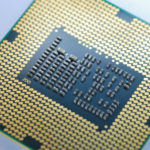
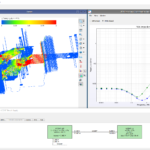

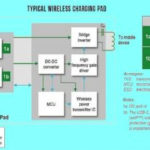

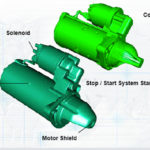
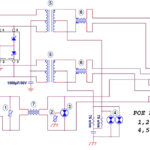

Leave a Reply